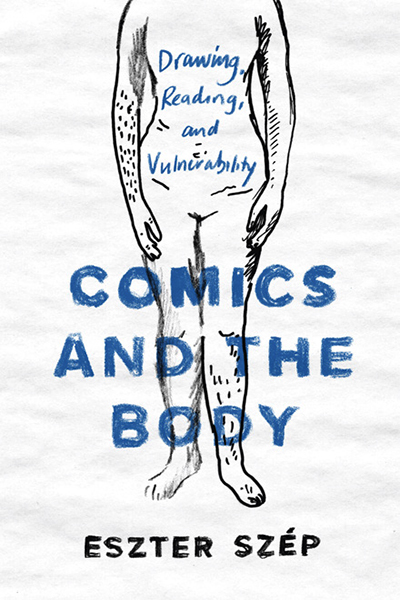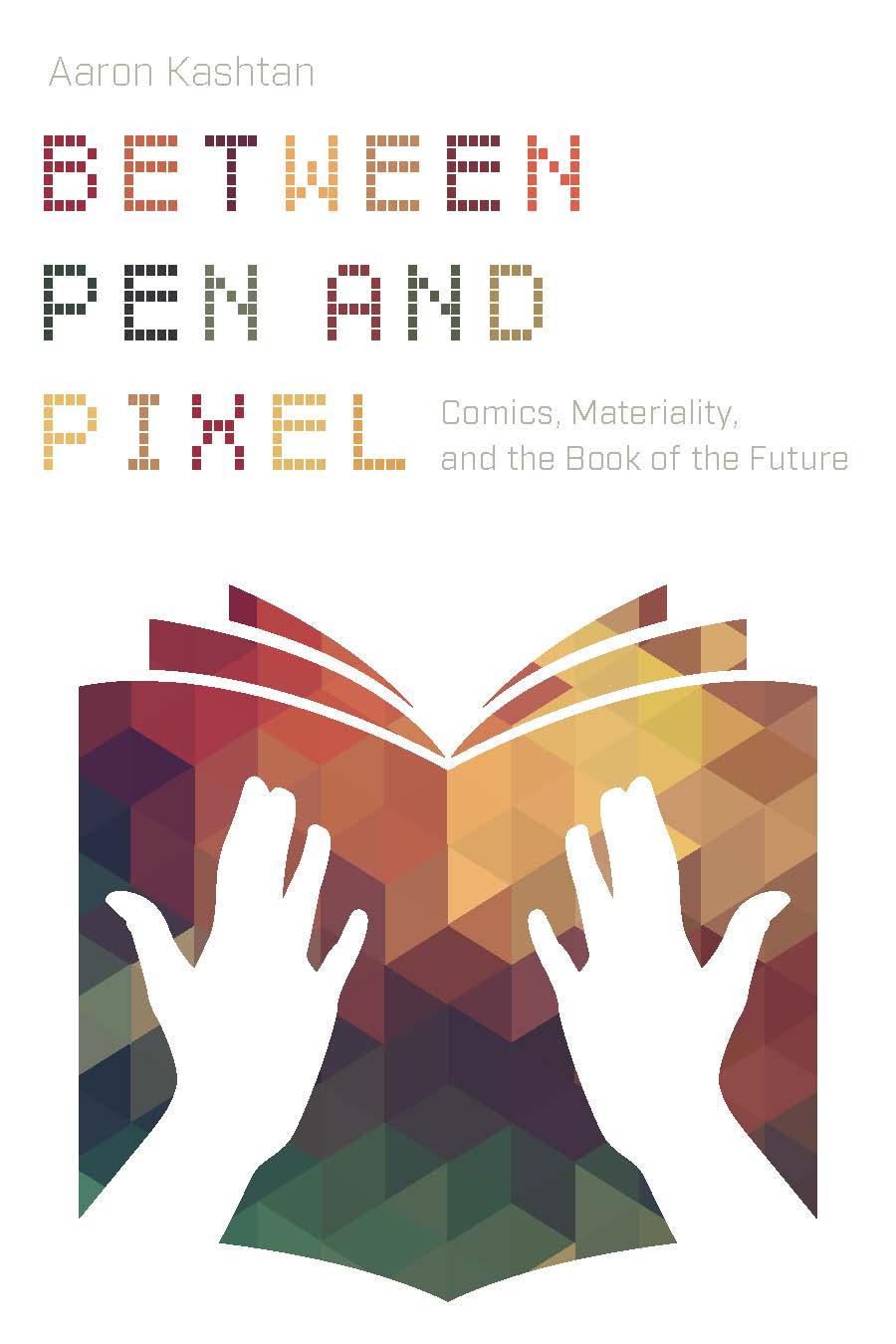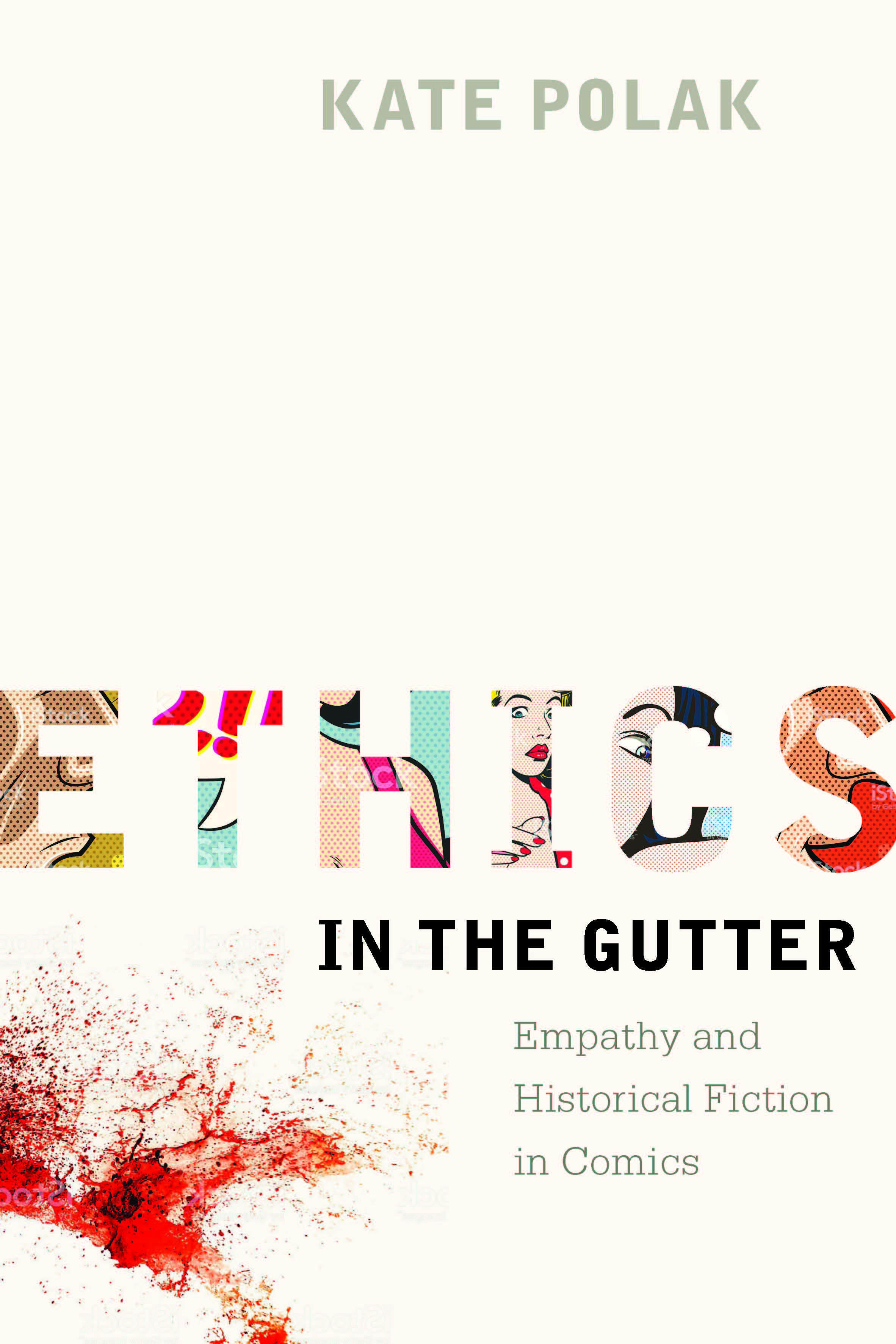“Ambitious, provocative, and ground-breaking … Comics and the Body achieves a great deal in addressing some of the gaps left in comics theory … I suspect that its implications will be felt and enacted through embodied reading and drawing, as well as by those that try to understand the relationship between such bodies, for a long time to come.” —Gareth Brookes, ImageTexT
“A deft and thought-provoking contribution to the theoretical literatures on comics, mediated trauma, and embodied communication.” —CHOICE
“The exuberance of the prose and lovely phrasing beautifully offset the topic, which is exceptionally well-researched as well as being very clearly elaborated. The book was a pleasure to read and has the potential to reshape scholarly engagements with the material and affective dimensions of comics reading processes.” —Kate Polak, author of Ethics in the Gutter: Empathy and Historical Fiction in Comics (OSU Press, 2017)
“Eszter Szép’s book provides an analysis of the body that is currently undiscussed in the field, not only filling a gap in existing scholarship but also developing a new lens for analysis that highlights the potential for further research and study.” —Harriet Earle, comics scholar and lecturer
Eszter Szép’s Comics and the Body is the first book to examine the roles of the body in both drawing and reading comics within a single framework. With an explicit emphasis on the ethical dimensions of bodily vulnerability, Szép takes her place at the forefront of scholars examining comics as embodied experiences, pushing this line of inquiry into bold new territory. Focusing on graphic autobiography and reportage, she argues that the bodily performances of creators and readers produce a dialogue that requires both parties to experience and engage with vulnerability, thus presenting a crucial opportunity for ethical encounters between artist and reader. Szép considers visceral representations of bulimia, pregnancy, the effects of STIs, the catastrophic injuries of war, and more in the works of Lynda Barry, Ken Dahl, Katie Green, Miriam Katin, and Joe Sacco. She thus extends comics theory into ethical and psychological territory that finds powerful intersections and resonances with the studies of affect, trauma, gender, and reader response.
Eszter Szép is a module leader and mentor at Milestone Institute, Budapest.
Contents
Acknowledgments
List of Illustrations
Introduction Embodiment, Vulnerability, and Comics as Dialogue
1 The Authentic Line: Lynda Barry’s What It Is and Syllabus
2 Cartoon Bodies and Transformative Lines: Ken Dahl’s Monsters
3 Style as Engagement: Joe Sacco’s Safe Area Goražde and The Fixer
4 Reading and the Body: Miriam Katin’s We Are On Our Own and Letting It Go
5 Embodied Interaction: Katie Green’s Lighter Than My Shadow and Joe Sacco’s The Great War
Conclusion “Lining Things Up”: A Comic by the Author
Works Cited
Index




